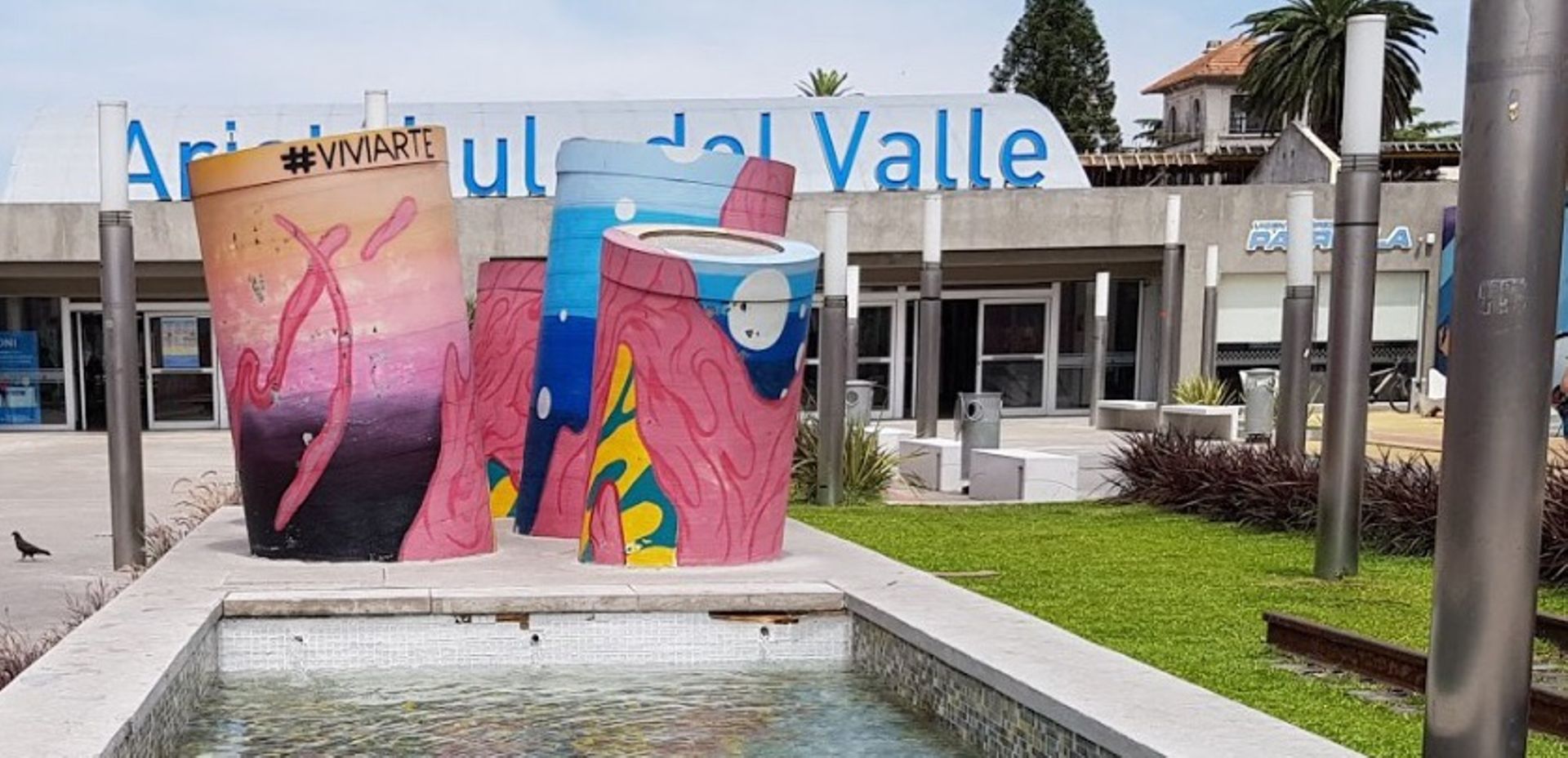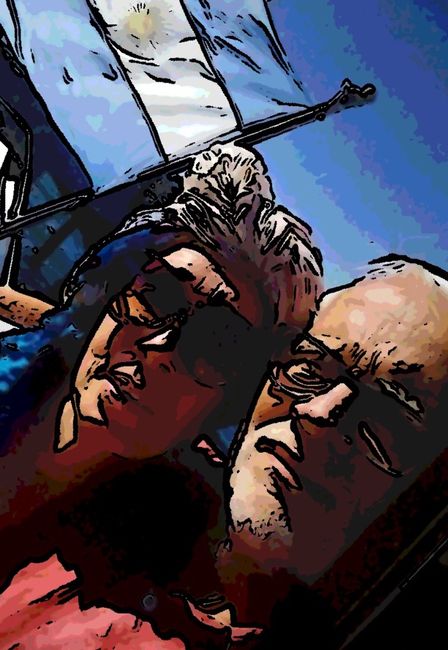San Antonio de los Cobres
Publikuar: 31.01.2019
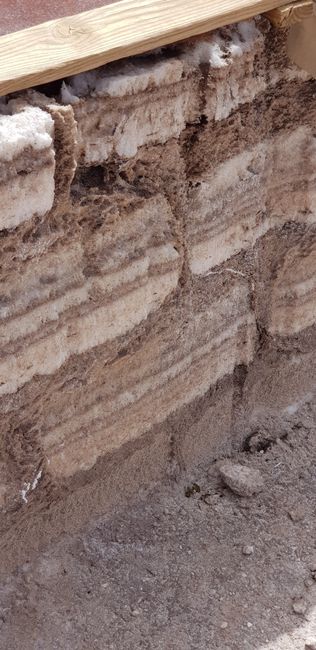
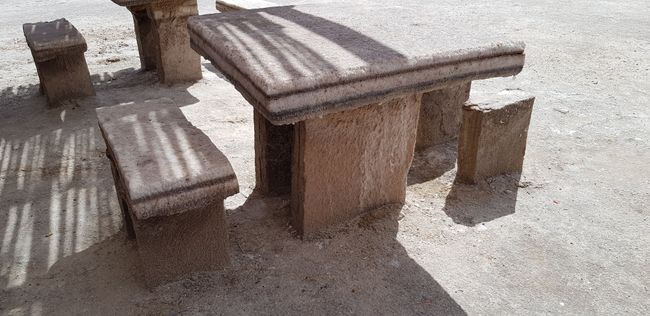
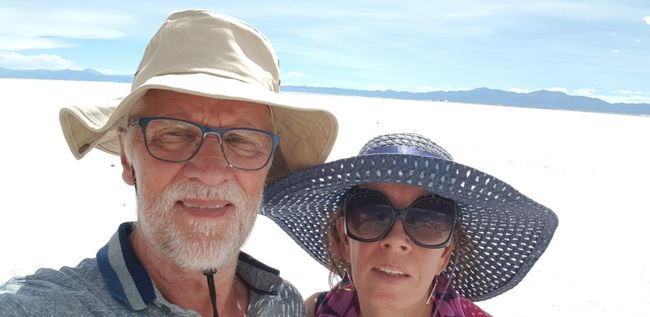
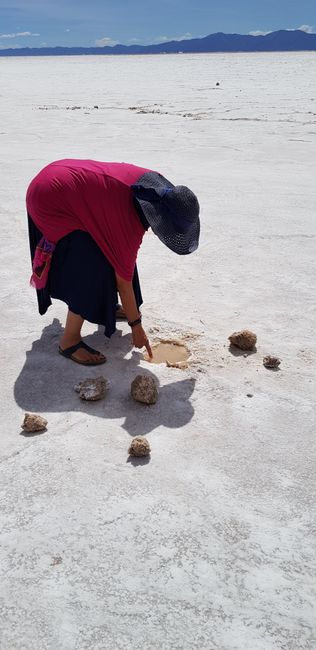
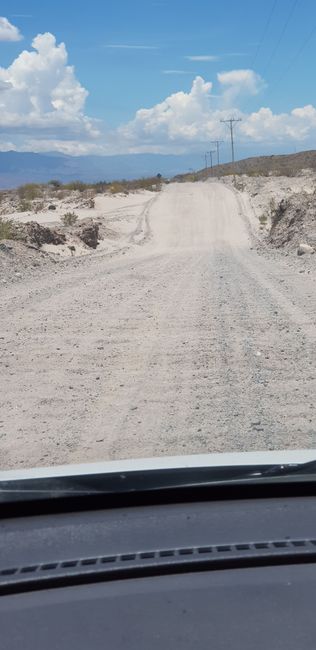
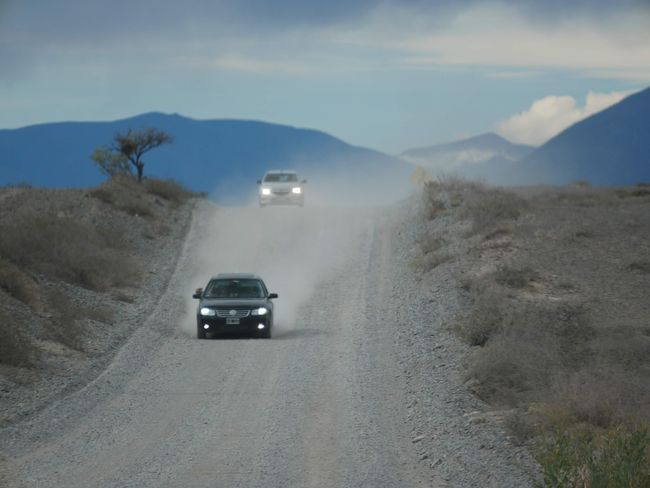
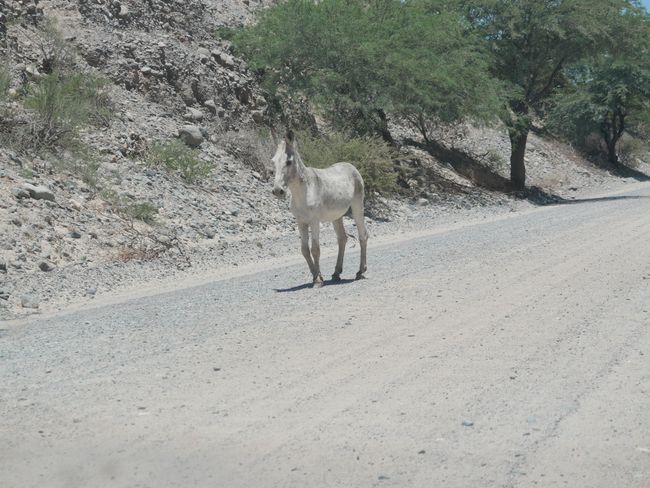
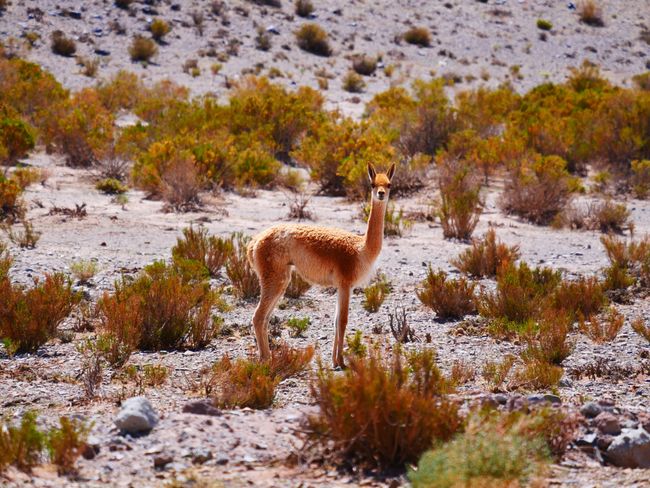
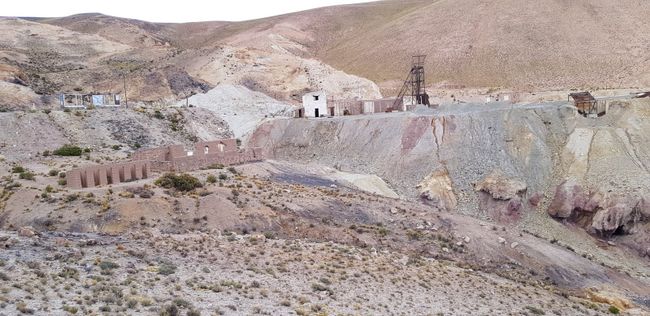
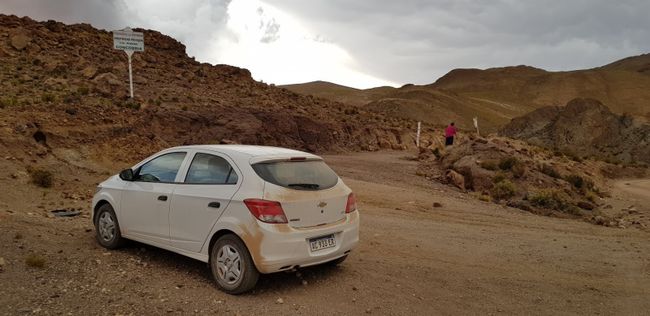
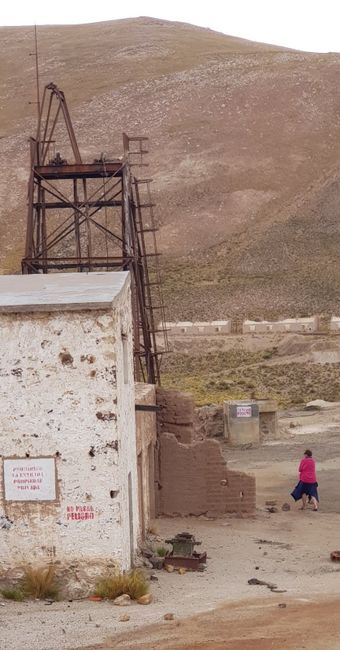
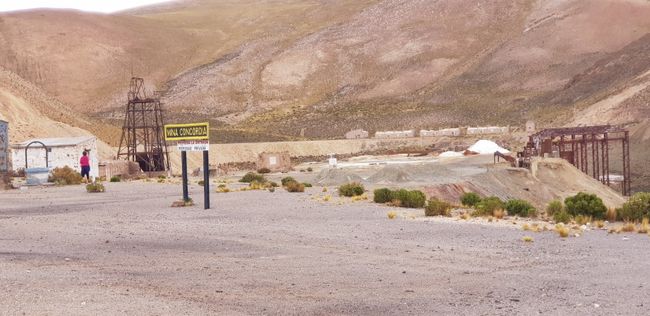
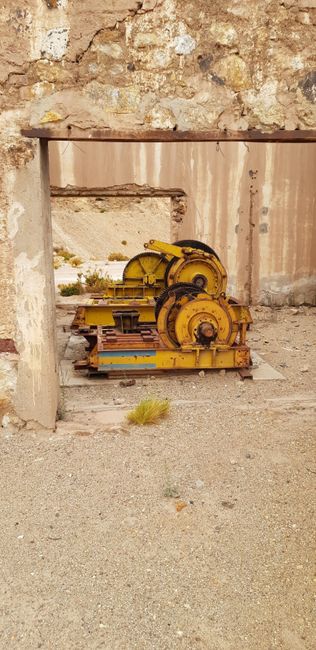
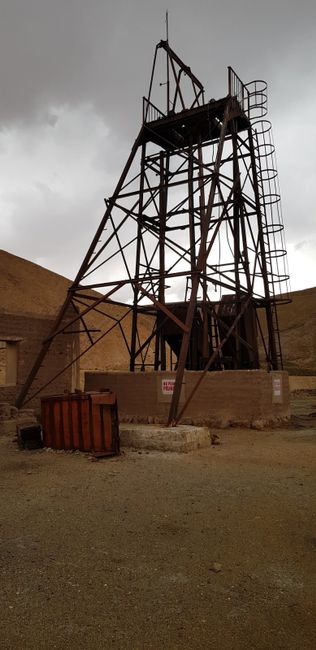
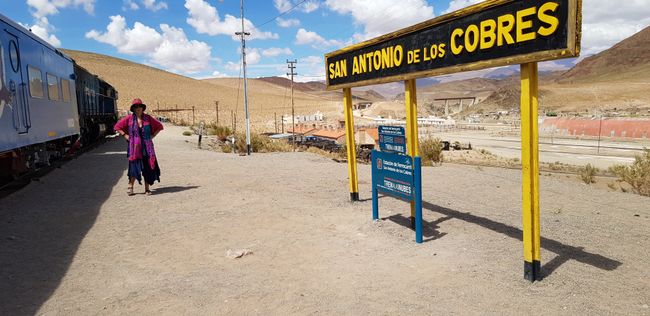
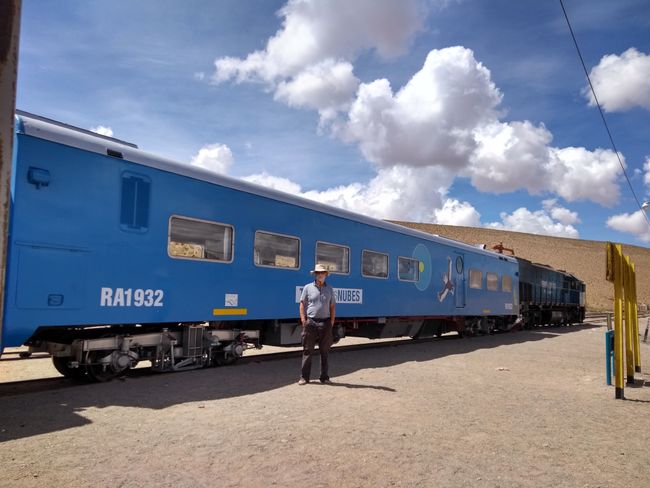
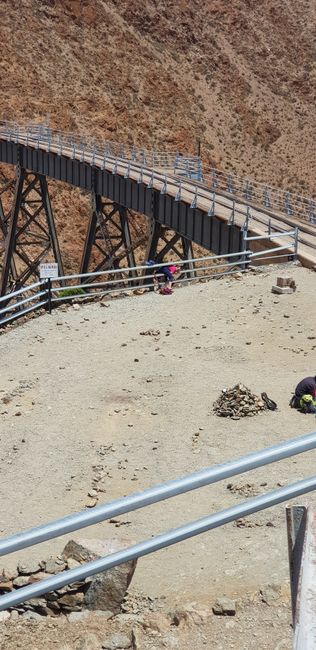
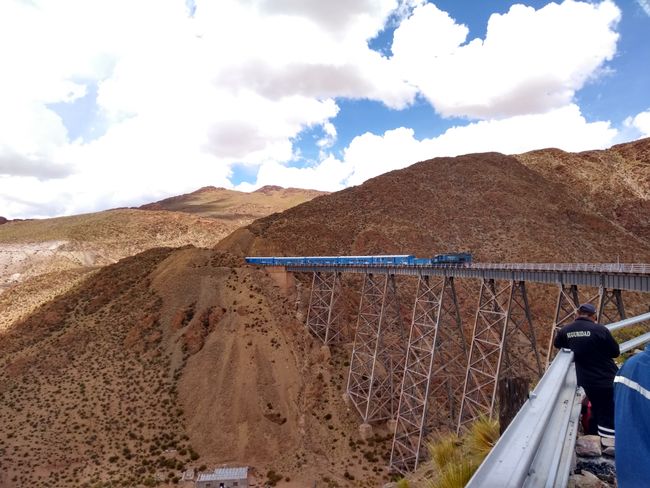
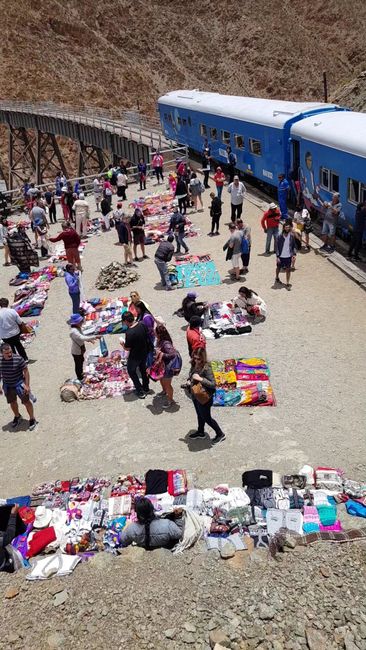
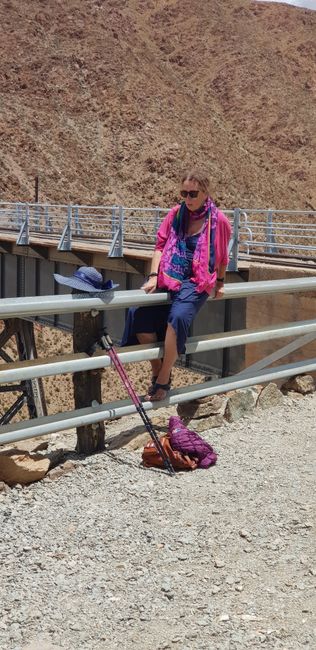
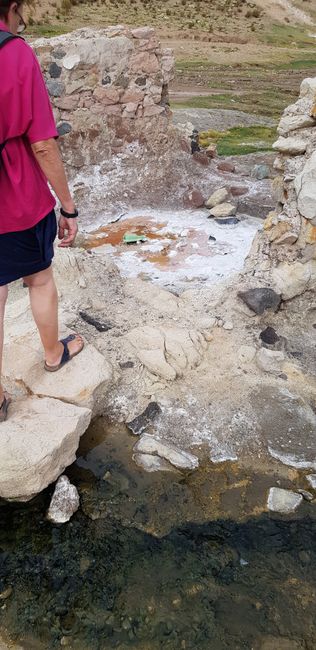
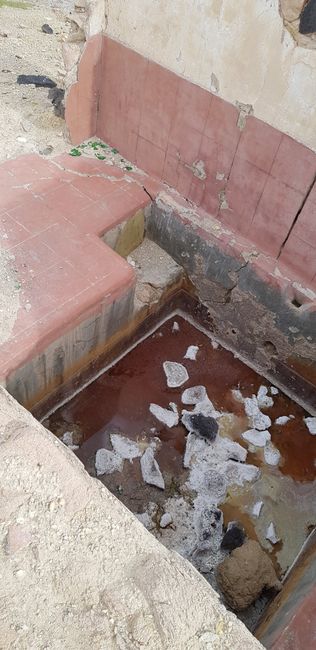
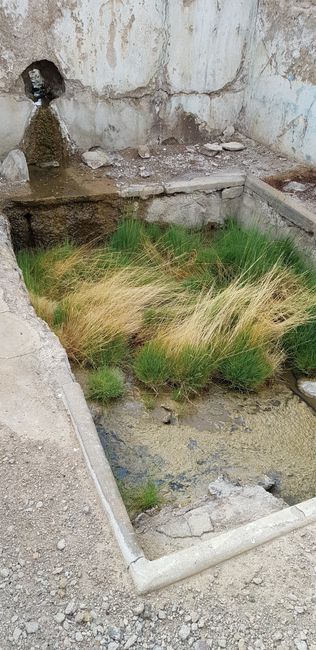
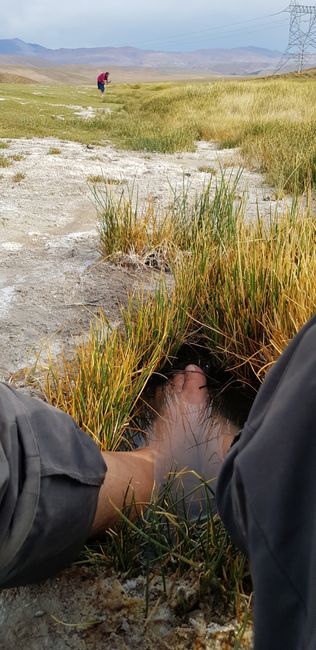
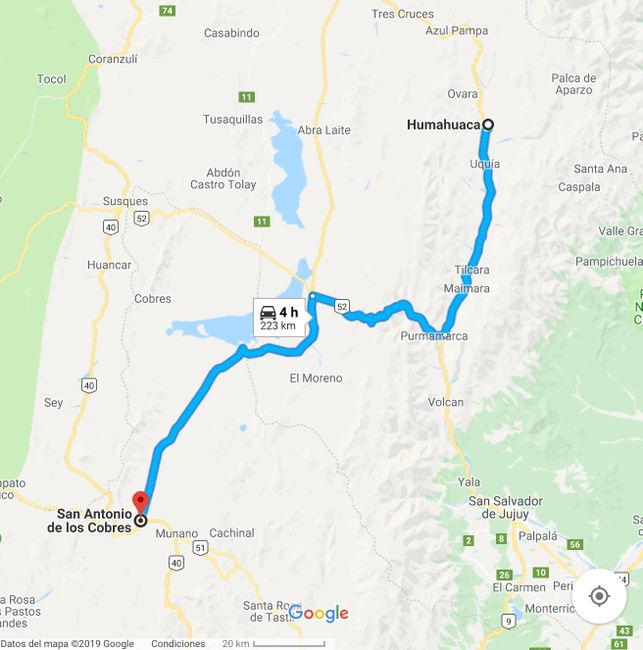
Regjistrohu në buletinin
From Humahuaca to Purmamarca and continue on RN 52 to San Antonio de las Cobres. The road is great until Salina Grande, about halfway. It's curvy, steep, and narrow, but mostly paved except for a few sections. The last stretch to San Antonio was tough, with rough gravel and a desolate landscape.
There isn't much to say about San Antonio, located at 3,800 meters above sea level. It's a pretty ugly mining town. The mine (copper, lead, and silver) has been closed and abandoned for decades. The town now relies mainly on tourism to the legendary 'Train to the Clouds' (http://www.trendelasnubes.saltaexcursiones.com) and the Salinas Grandes, as well as some livestock farming.
The accommodation (Sumaq Samay Hostel) was nice but not spectacular. The bed was comfortable, the toilet and shower were clean. It's a small family-run place with a restaurant. The food was great and the price was good. The owner was super nice and communicative. We also had a good chat with her son, who was visiting his grandmother with his two children. He explained the way to the hot springs and the abandoned thermal bath a few kilometers outside of town. He also inspired us to drive from San Antonio to Cachi via the highest pass (4,800 meters) of the legendary Ruta 40. He had done the route the day before with his kids in a VW up! (similar to a Polo). Well, if he can do it, so can we! ... more on that later.
In the morning, we went straight to the 'Train to the Clouds' station on the outskirts of town. Some vendors were already setting up their stalls. Around 11:30, buses with tourists from Salta are expected to arrive here so they can board the train, which will take them on a 32 km round trip to 'Viaducto La Polvorilla'. But of course, there is still time to spend some money first.
We opted for the cheaper option and drove our car to the base of the viaduct. It's really impressive! Built in the 1930s, it spans the gorge at an altitude of 4,200 meters, with a length of 224 meters. The 64-meter climb up to the railway is quite challenging, following a path secured with a handrail made from railroad tracks. However, this was probably not intended for budget tourists like us, but for the vendors who await the arrival of the train (around 13:30) on a small square at the end of the viaduct. We arrived before them, except for a woman selling small carvings made of onyx who was even faster. The square started to fill up quickly, and in no time, an improvised mobile market was set up. There was even a grill for tortillas (filled pastries with cheese or meat), as well as a baby llama to pet and take photos with.
The whole spectacle lasted half an hour, then the tourists obediently boarded the train and the caravan of vendors made their way home, just like us.
Since it was still early in the day and the weather was quite pleasant, we decided to search for the abandoned thermal bath. With the description and the help of maps.me, we found it fairly quickly. It was certainly never what we would consider a thermal spa. Instead, it seems that locals have built small bathing pools (about 60 x 60 cm) around some of the springs for their own use. However, now only a few smelly residues of the sulphurous water remain. We identified 3 or 4 of these small 'buildings' or their crumbling remains. But there were bubbling sounds everywhere among the grass, rocks, small channels, and a pond hidden in a reed belt. Some of these 'spring holes' were accessible, and Norbert even found one that looked quite clean, where he could treat his feet to a hot mineral bath at around 50-60 degrees Celsius. The ground in a radius of about 100 meters felt spongy, and we suspected that the sources or the points where the water emerges wander.
A bit further away, we noticed a house under construction, which Norbert took a closer look at. Someone seems to have tapped into the hot water supply and plans to build a small private spa.
Well then, here's to good health and may the warm blessings last long.
Regjistrohu në buletinin
Përgjigju
